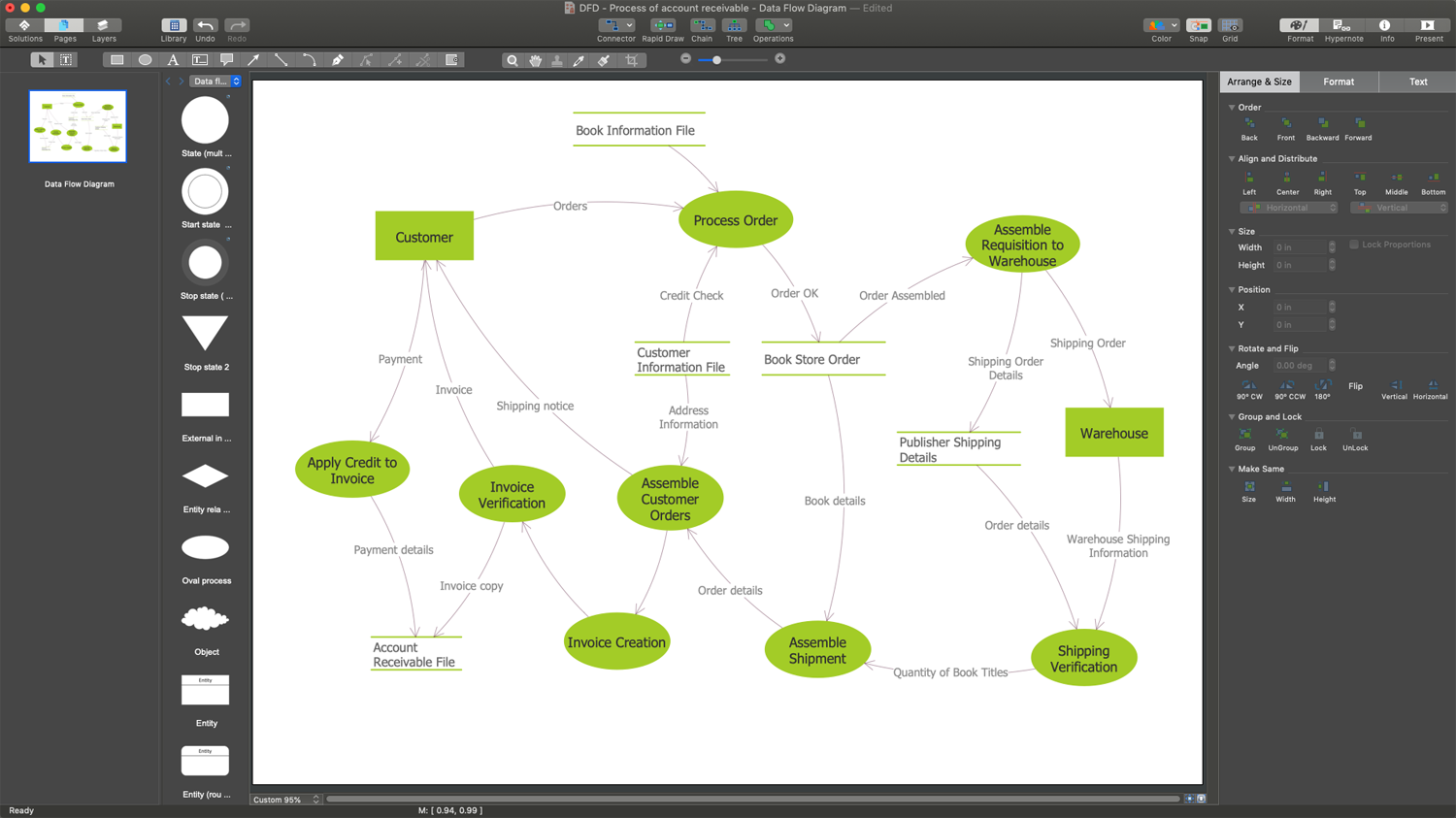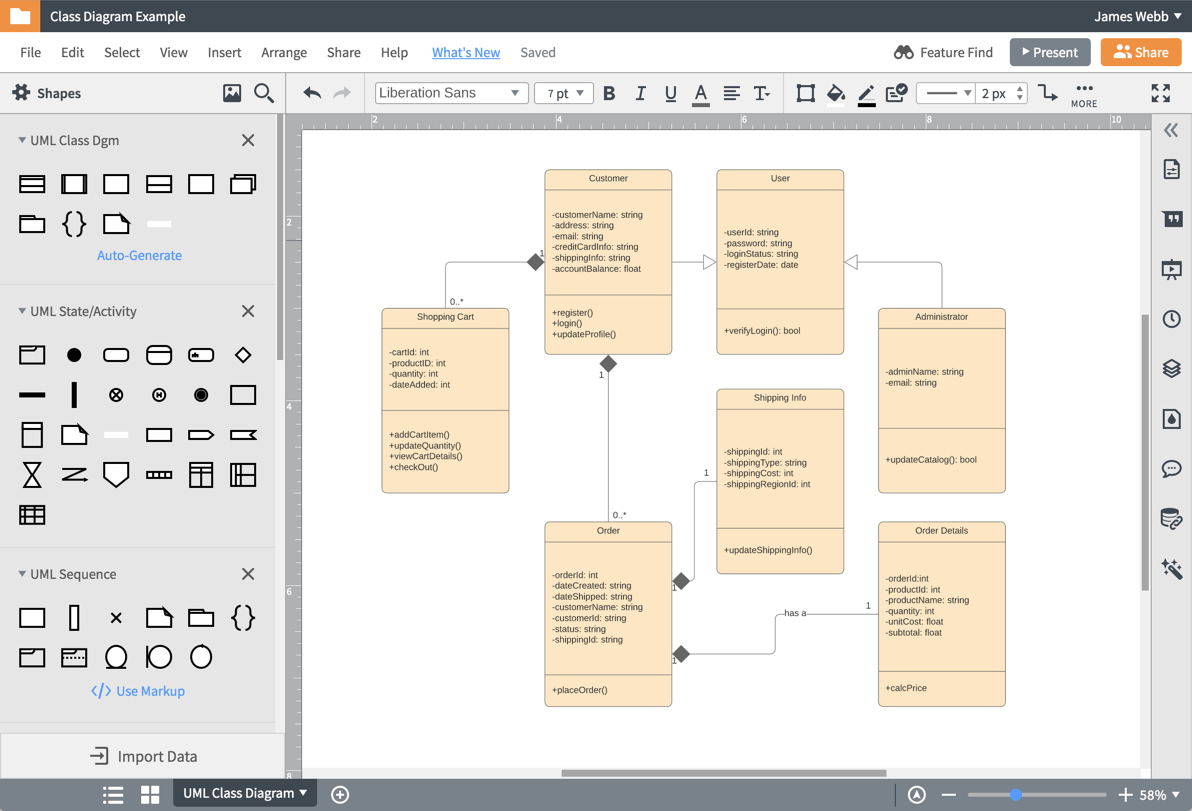

Sure, diagrams are important, but really you are creating a model. A common misunderstanding is that UML is about creating diagrams. The previous posts have too many answers and not enough questions.

And the messages should then be mappable to function calls or system events.Some context: Recently for graduate school I researched UML tools for usability and UML comprehension in general for an independent project. But this shall make cristal clear what system object is responsible for what action in the interaction. Once the interactions with the user are clear, you can of course show an abstracted version in a sequence diagram. Other more specialised tools are more appropriate for the human perception of what happens (e.g.

Even Booch, Rumbaugh and Jacobson, the inventors of UML make this clear in their book “ Unified Process”, which is about using UML in the system analysis and design. UML is a good tool to show the system in its environment (use case) and show the internals of the system (most of the other diagrams).īut it is not a tool to document user interface scenarios. Use the right modelling tool for the right problem There is obviously a couple of things wrong here. In the latter case, you may probably want to go for a create message to conditionally create this life line.Īnd what is its role: why to you want to “show” a web page to an object ?Īnd why, if the login fails does the User object return the login form to the login form which then return the login form to the actor. Do you have a user object that exists all the time ? Or do you attempt to create it once you have all the elements ? The role of your :User object is not fully clear.


 0 kommentar(er)
0 kommentar(er)
